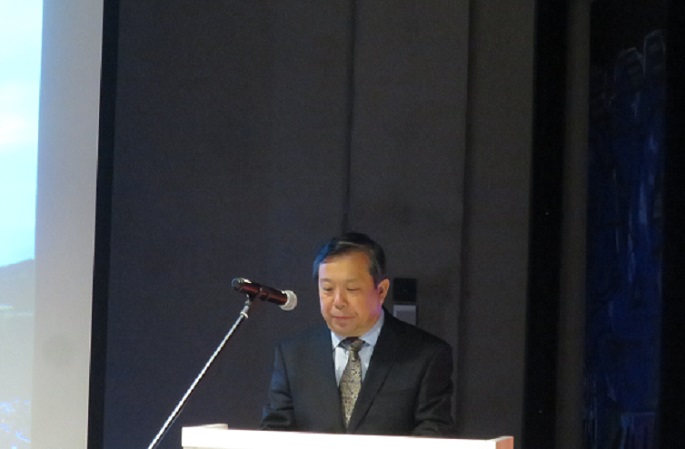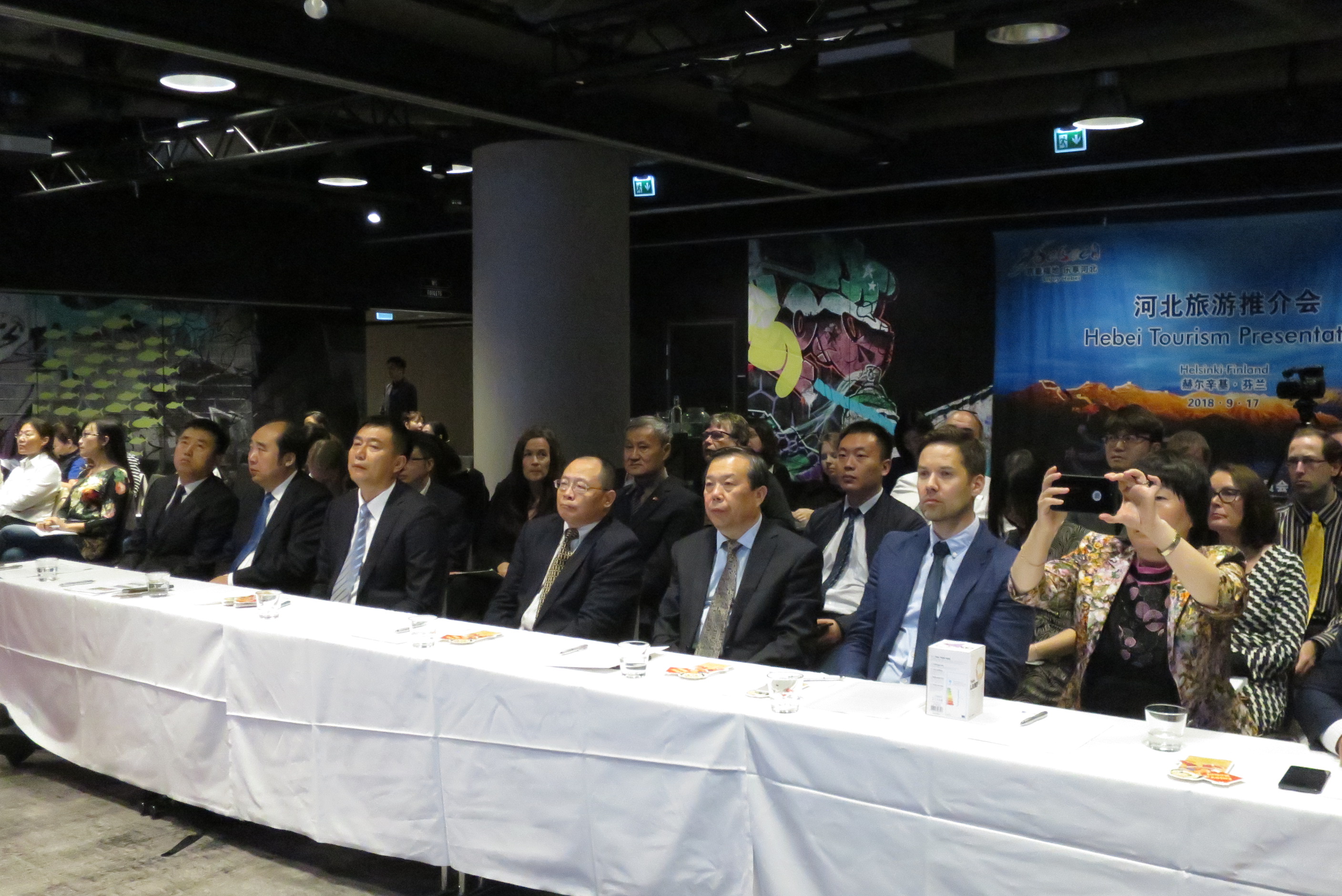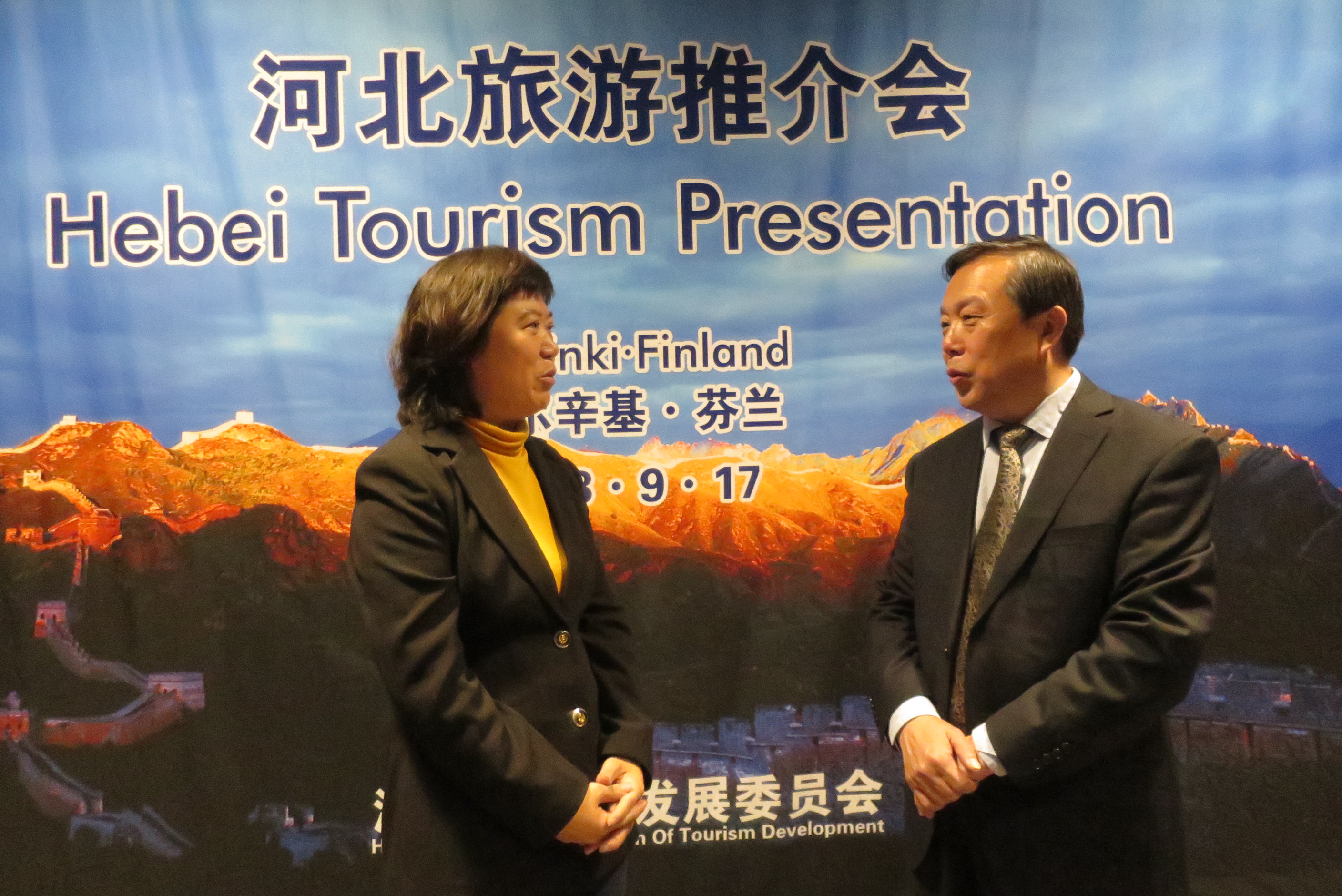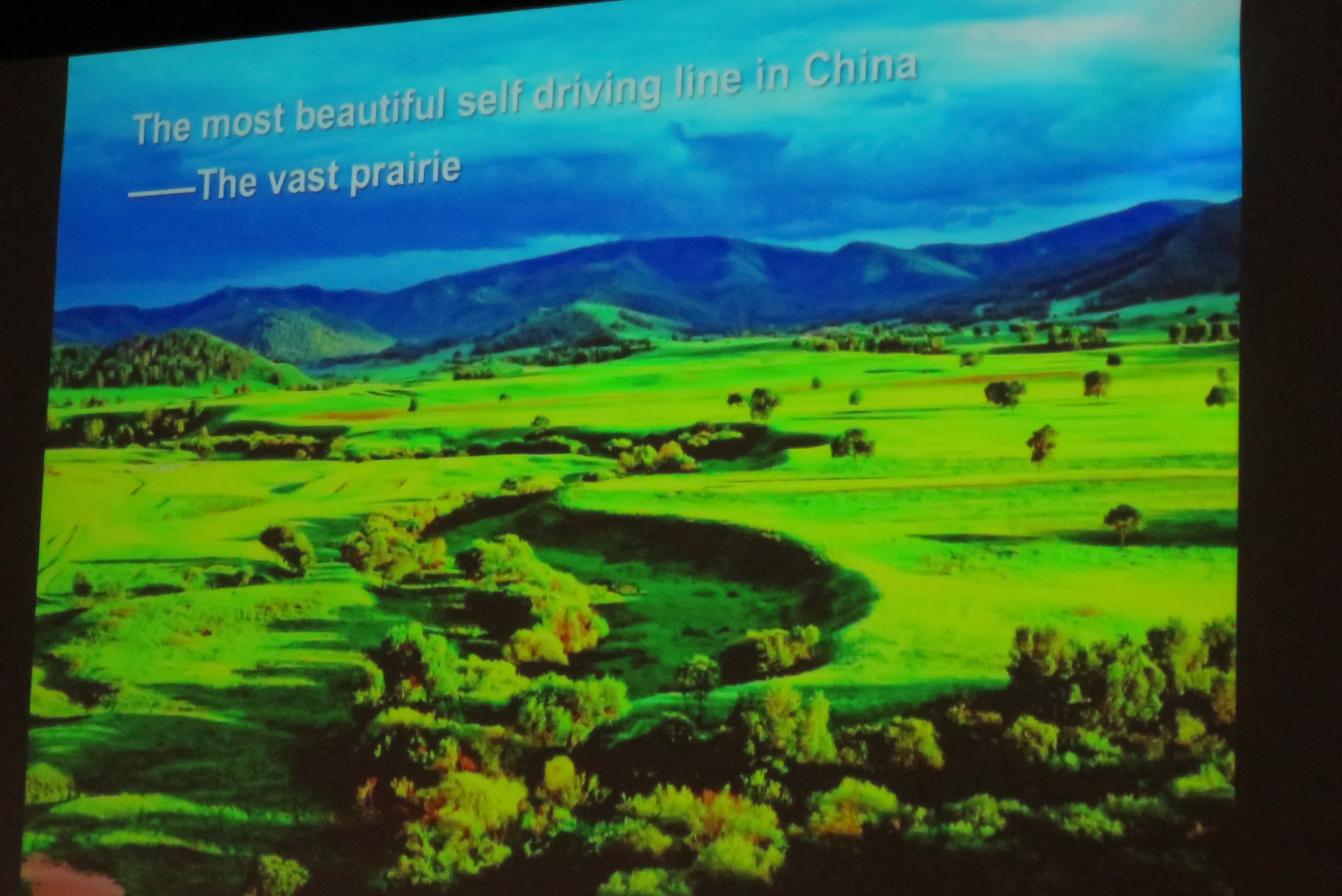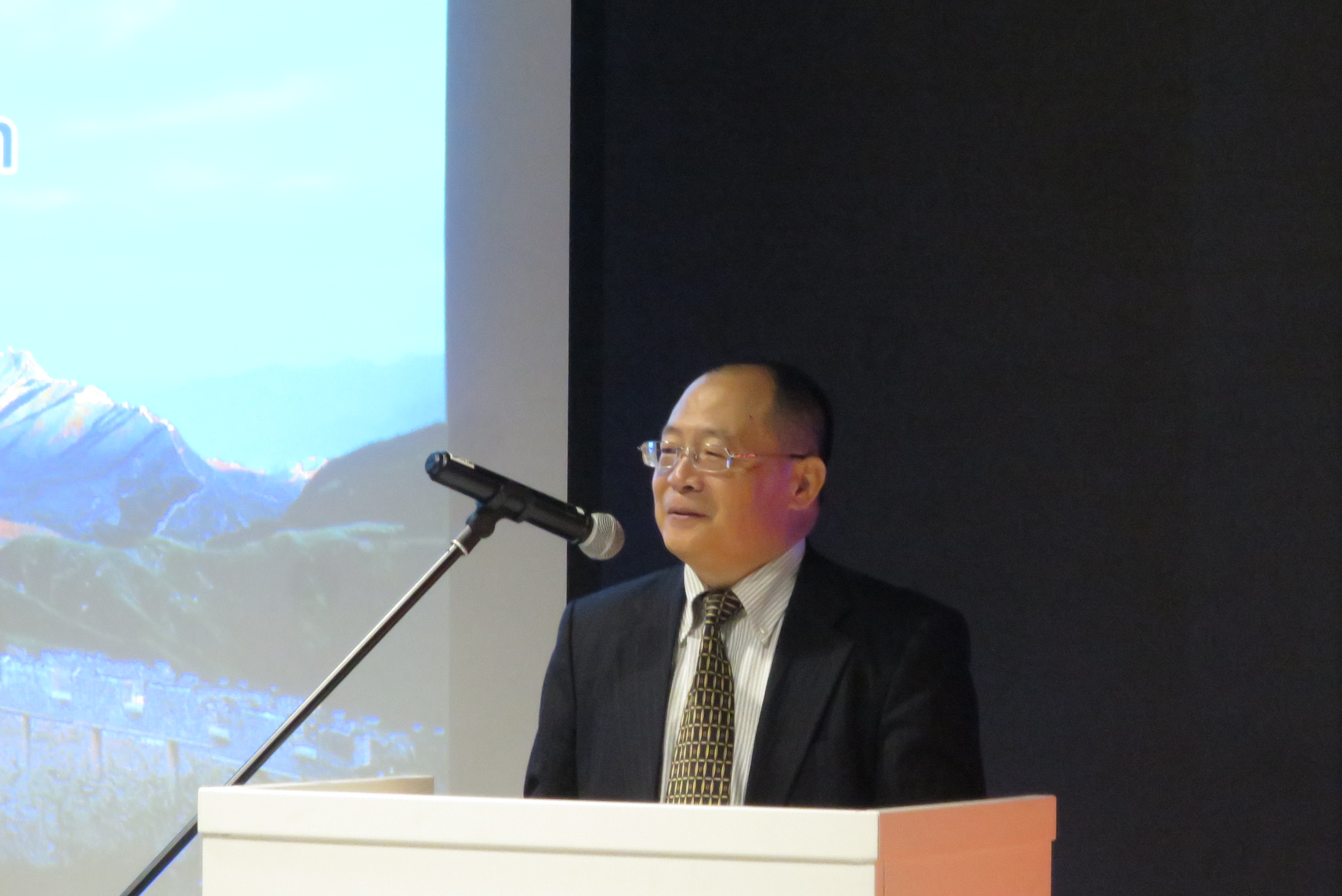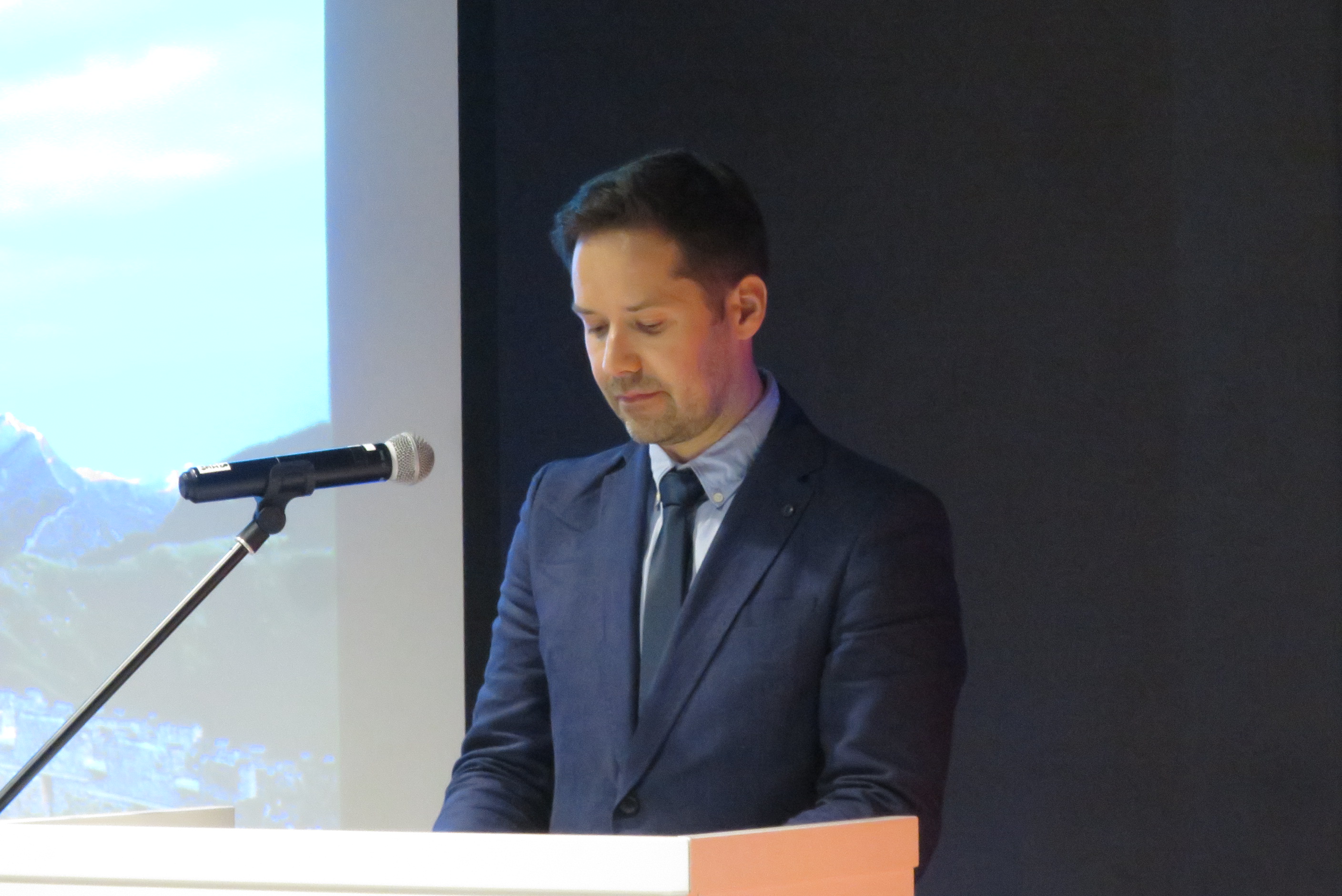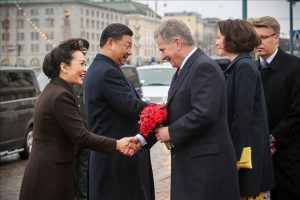The Ministry of the Interior is carrying out a project which aims to improve referral to services and cooperation between authorities, NGOs and religious communities.
“Every public official or authority who receives a tip-off about a radicalised person should have the channel and networks through which the person can be referred to the right services. Nobody should think that “this is not my business” and ignore the matter. Cooperation, trust and partnerships must be built before any ‘crisis’ occur,” says Milla Perukangas.
Anchor model also prevents violent radicalisation
The project for improving the referral of radicalised persons to services was launched following the terrorist attack in Turku. The authorities had been warned of the man who then later stabbed several people in Turku. However, no measures were taken against him at the time because it was assessed that he would pose only a minor threat and the police had neither means nor opportunities to intervene in his actions. He was not referred to other relevant services, and therefore, his radicalisation continued up until the point where he committed a terrorist act. The report issued in June 2018 by the investigation team looking into the Turku stabbings states that in order to prevent radicalisation we need long-term measures covering the whole country and clear procedures.
The multiprofessional early intervention model — Anchor model — focuses on young people who act out by means of criminal behaviour. The aim of Anchor activities is to break the cycle of their criminal behaviour. Since 2016, the Anchor model has also been used to prevent radicalisation as decided in the National Action Plan for the Prevention of Violent Radicalisation and Extremism. Through Anchor activities, there is a direct link to municipal services. A multiprofessional Anchor team is made up of a police officer, a social worker, a psychiatric nurse and, in some parts of Finland, even a youth worker.
“In addition to those involved in Anchor activities, NGOs and communities play a significant role in the preventive work. Customers often find it easier to trust NGOs and communities than authorities. Local communities can help to reach out to those in a vulnerable position and guide them to the right services before they get involved in violent activities, for example. Extremist movements often offer individuals a community where they can belong and give them a purpose which they can promote and thus feel included. Religious communities, for example, are a resource which should not be underestimated. They can reach people who are in the middle of a crisis, and they are prepared to support people and stand by them as well as provide psychosocial support. The authorities do not always have enough knowledge or understanding of different religions, which is often necessary in this work,” says Milla.
After the stabbings in Turku, the police have improved the processes within their own organisation. The aim is that all tip-offs received by the police will be dealt with in an appropriate manner. The prevention of violent radicalisation and extremism also calls for broader cooperation and a wider range of expertise.
Aim is to have uniform practices and recommendations
The challenge is that different actors have no uniform practices or recommendations in place at the moment which would ensure referral to services. In addition, they are not necessarily able to identify the roles of other partners or recognise the added value of cooperation from the perspective of preventive work and their own activities. A lack of information is also a problem. It is possible that there are already procedures in place but not all key actors are aware of them. This may be due to the fact that all actors have not collaborated with each other before, and thus have not built up trust yet, or that they are not familiar with each other’s activities.
“As part of the project, I examine how referral to services has been arranged at the moment, how it works and what factors help or make it more difficult to refer people to the right services. I also interview actors involved (such as representatives of the police, municipalities and organisations providing services) in different cities, with the aim of identifying good practices which could also be utilised elsewhere.”
The report being prepared will examine the services provided by municipalities and cities. The key municipal services include health and social services, employment services and youth services. Violent radicalisation, social exclusion and acting out by means of criminal activities are all interlinked particularly when it comes to young people who are in a vulnerable position and/or at risk of becoming socially excluded. Young people are therefore an important target group because through successful preventive work it is possible to have a positive impact on their future.
Learning from international actors
A small group comprising representatives of the project’s steering group will make study visits abroad during summer 2018. The aim is to establish contacts and find out what we can learn from our international colleagues and what measures could possibly be implemented here in Finland, too.
“We will visit Denmark and the Netherlands, for example. Denmark has in place the Aarhus model, which is an excellent example of cooperation and mentoring between the police and municipalities. The model is already used throughout the country. Mentoring is also used within the framework of the Finnish Radinet (exit) network. Cooperation with religious communities is also important because there is so much prejudice associated with this theme. Such prejudices manifest themselves particularly in hate speech and make local communities more polarised. In Rotterdam, the Nerherlands, the group comprising representatives of the steering group will learn about the work with religious communities and organisations in particular, because our Dutch colleagues have a lot of experience in this field,” says Milla.
The aim is to draw up recommendations which can then be discussed with stakeholders in workshops to be arranged in the autumn. The report should be ready by the end of November.
“Hopefully we can make the necessary changes to the collaborative structures so that it would be easier to refer those at risk of becoming radicalised to the services they need. In the best case, this can prevent violent radicalisation and promote social inclusion. For the cooperation to be effective and for those in need to get the right services, I cannot emphasise enough how important trust is,” says Milla.
Milla currently works at the Ministry of the Interior on a fixed-term basis but she has a permanent position at Finn Church Aid (FCA), where she has worked with issues concerning the prevention of radicalisation, for example. She is very excited about her involvement in the project. After the project ends, the next step is to make sure that the recommendations will be used in practice.
“It is motivating to work at the Ministry of the Interior, which prepared the National Action Plan for the Prevention of Violent Radicalisation and Extremism in broad-based cooperation with NGOs and communities. What is most important about this work is working together,” stresses Milla.



